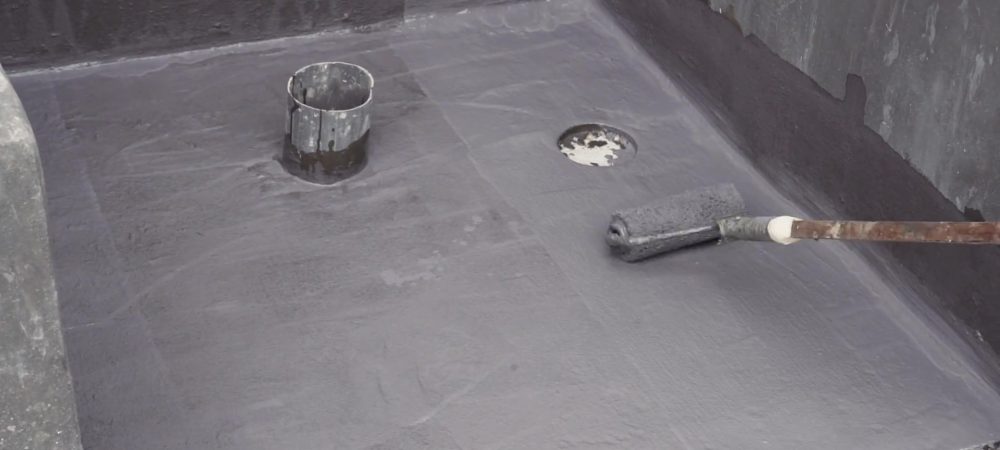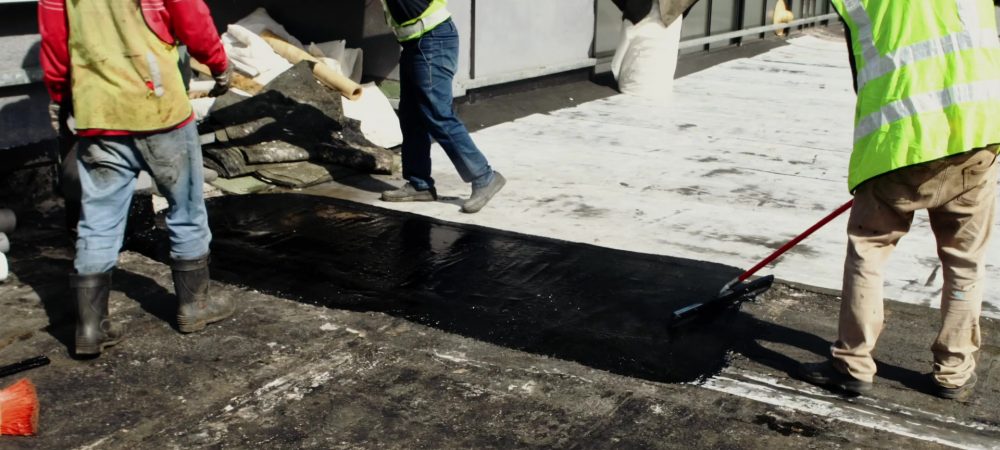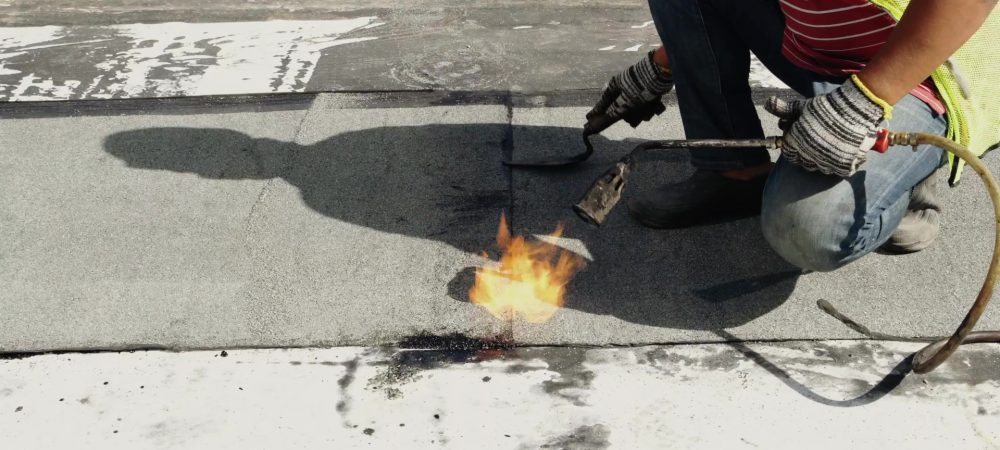House Waterproofing Contractor Guide for Malaysia Home – Type of Waterproofing

Waterproofing Guide for Home in Malaysia
You’re chilling in your home during the raining days, then you are aware of the sound of water dripping from your plaster ceiling. As time past, the ceiling and walls start changing to yellowish brown and the paint on the ceiling begin to form a small bubble.
This is the sign indicating the waterproofing in your home starts failing.
Waterproofing play a crucial part in every household. It thwarts water or any liquids from infiltrating into the surfaces of the house that would produce critical problems such as mould and damaging your house. As for high-rise properties such as condo or apartment, waterproofing blocks water from leaking to unit below.
Which part of home needs waterproofing?
There are various areas of home that requires waterproofing. Toilet, roof / flat roof, kitchens, balconies, water tanks, and swimming pool / pond are the most important areas that need waterproofing.
Windows needs waterproofing too, which usually achieved by using sealants around it instead of waterproofing materials.
In this article, we’ll divide into two categories, first is the exposed systems which are directly exposed to the elements. Secondly, the non-exposed systems which is generally concealed from the exposure after the application is complete.
How will I know if waterproofing is required
The most noticeable sign is when the ceiling start to drip during the rainy days. After some time, there will be a musty smell around the house or mouldy brown coloured stains on the floors or wall around the leakage area.
If this situation is not taken care of, it would lead to further damage such as cracks on floor or wall, blistering or peeling of paint. Continuous moisture can even damage your metal furnitures, windows or hardware lead to rust.
Different types of waterproofing for your roof and floors

Cementitious waterproofing
Cementitious waterproofing is most basic method utilizing cement to create a solid water-resistant layer.
By using this technique, cement is combined with an additive to create a stronger, robust base. The cement then put on as thick layer then left to dry up and strengthen.
Due to its cement features, it does not expand due to heat exposure. For example, cement waterproofing is done in the toilet before toilets are laid. Commonly applied areas are kitchen floor, shower stall and bathroom floor.

Acrylic Elastomeric waterproofing coating
Second type is elastomeric waterproofing, where it is using rubbery liquid to create the barrier instead of specially mixed cement.
Usually it can be applied in a few layers, cures into a thin rubber waterproof membrane. It is also very flexible and stretchable as well. It is crucial to use as outdoor waterproofing, as it has high elongation in harsh sunlight.
There’s various method on how to apply it, rolled on, troweled or sprayed. Usually used for roof waterproofing. Commonly applied areas are rooftops, house porches, terraces, large surfaces such factories or warehouses.

Bituminous waterproofing coating
Bitumen is known as the main material for roads paving. However, it can also be used in waterproofing. Another name for it is asphalt coating, it is a form of non-exposed waterproofing that can be used in different areas. Due to its nature of polymer grade and fibre reinforcements, it is a very flexible material.
It is applied like a paint, spread to the surface but due to its bitumen-based material, it is not suitable for sunlight exposure it will be brittle under warm temperature. Usually for rooftop application, it will be covered by another protective layer such as cement.

Bituminous waterproofing membrane sheet
This type of waterproofing appears as an exposed form, and rolled out on the top. It is highly selected for roofing especially low sloped. It comes with two types which is the self-adhesive sheet membranes and torch-on sheet membranes.
Torch-on sheet membranes are installed while it is being burned by blow torch, while self-adhesives is like a tape, where it can stick into the surface after peeling. Commonly applied on rooftops, floors of underground structures.
It is applied like a paint, spread to the surface but due to its bitumen-based material, it is not suitable for sunlight exposure it will be brittle under warm temperature. Usually for rooftop application, it will be covered by another protective layer such as cement.
Polyurethane liquid membrane waterproofing.
The final method method, which is also the costliest is the Polyurethane liquid membrane waterproofing. Mainly used on flat roof, it is the simplest form of liquid waterproofing and able to withstand any exposures, hence can be applied in both exposed and non-exposed system. A highly flexible material meaning it can stretch without giving away.
However, this material is susceptible to moisture content. The surface of the composition must be properly assessed to confirm it does not cause damage in the long run.
